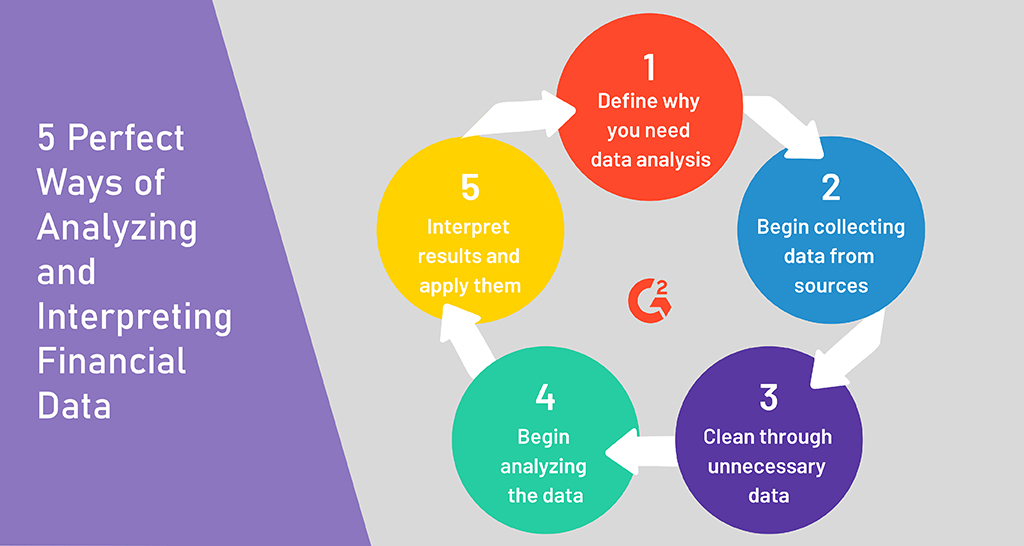To survive and flourish in this day and age of aggressive competition, volatile markets, complex, globalizing business world and economic conditions, businesses must necessarily leverage the wealth of data at their disposal. By analyzing and interpreting large volumes of financial data from disparate internal and external sources, businesses can gain a competitive edge and forge ahead of their competition while continuously improving their profitability and growth.
As more businesses and domains understand the importance of financial data analytics, the demand for professionals with credentials and advanced skills is soaring. Accordingly, their remunerative packages are turning more lavish. This is why more working professionals, in finance, banking and other fields are taking up financial analytics courses and Financial Analytics Certifications.
5 perfect ways to analyze and interpret financial data
The best financial analytics courses will delve deeper into each of these perfect ways of analyzing financial data and equip you with the skills and tools to drive your organization towards superior performance and profitability.
Financial analytics using R and Python: R and Python are powerful tools that are used to analyze and interpret financial data.
Exploratory data analysis: This is where you find the trends, patterns and correlations between various parameters that are hidden in the financial data. Using this way, you can understand the current financial status, performance and position of a business or an entity. For instance, if you notice certain payment patterns that are repetitive, you can look for solutions like the PAD form generator to streamline the expense. Thus, you can visualize the data and understand it in an effective manner.
Predictive analysis: It is not enough to know about the present and plan for it. It is very important to understand future trends and patterns in order to be profitable and grow. Predictive analytics helps in doing this. It uses forecasting techniques and statistical methods to understand the future, giving us the probability of our predictions happening in the future as well as actionable insights that are data-driven. You typically use data mining techniques, forecasting and time series analysis.
Prescriptive analysis and modelling: Is it enough to simply forecast and predict the future? No, absolutely not. Prescriptive analytics enables businesses to optimize their functioning and gain a competitive advantage in the future by leveraging invaluable insights and simulation/ modelling techniques to understand how best to address future uncertainty and achieve the best outcomes. For instance, stock price modelling, risk modelling, etc.
AI and Web scraping (news analysis, sentiment analysis, etc.): Social media, news, etc. are powerful in affecting the way customers/ clients, investors, etc. view your business and can affect your business and financial outcomes as well. So, by engaging in web scraping using AI and news analytics, sentiment analytics, etc. you can get valuable insights about factors that affect your financial performance.
Enroll in the best financial analytics courses to gain a deeper understanding of ways to engage in financial analytics.

